NASHVILLE, Tenn. (Army News Service, Feb. 25, 2007) - A Tennessee Army National Guard Soldier will become the first Tennessean in history to compete in Alaska's Iditarod, billed as "The World's Last Great Race."
Master Sgt. Rodney Whaley will run 16 sled dogs in the event, which starts Saturday in Anchorage, Alaska. The mushers will be on the trail from 10-17 days, accompanied only by their dogs as they battle the fierce elements along the dangerous route.
The grueling two-week race will take Whaley over frozen rivers, jagged mountain ranges, dense forests, desolate tundra and miles of windswept coast. Added to that are temperatures far below zero, winds that can cause a complete loss of visibility, long hours of darkness and treacherous climbs on side hills.
Whaley, who spent his childhood in Alaska, is being sponsored by the Army National Guard. He is one of only 102 people in the world to qualify for the 1,159-mile race. Fifty-two are from Alaska, 14 from other states and 16 from foreign countries.
As a boy, Whaley raced in junior sled-dog competitions and has always remained passionate about the sport. In recent years, he has raced in British Columbia, Canada, Washington state and northern Michigan.
"The Iditarod is the ultimate experience and my life-long dream," Whaley said. "Now, utilizing what I've learned in the Guard and with their sponsorship, it's a reality."
To qualify for the Iditarod, Whaley was required to successfully complete two sanctioned races, one of 300 miles and the other of 200 miles. He began full-time training in October of last year in Michigan and Minnesota, but he's been a familiar site in his Franklin neighborhood during the cold months as he ran his team using a "dogsled-on-wheels."
On the trail every musher has a different tactic. Each one has a special diet for feeding and snacking the dogs. Each one also has a different strategy. Some run in the daylight; some run at night. Each has a different training schedule geared to the dogs' stamina and the musher's own personal stamina.
But each musher must abide by certain rules and regulations during the race. There are also pieces of required equipment: an arctic parka, an ax, a heavy sleeping bag, snowshoes, musher food, dog food and boots for each dog's feet to protect against cutting ice and hard-packed snow injuries.
The Iditarod Trail had its beginnings as a mail and supply route from coastal towns to interior mining camps. Men and supplies went in and gold came out, all via dog sled. Heroes were made and legends were born.
In 1925, part of the Trail became a life-saving highway for epidemic-stricken Nome. Diphtheria threatened the populace and serum had to be rushed in, again by intrepid mushers and their faithful, hard-driving dogs. The Iditarod is a commemoration of those early years.
<i>Editor's Note: Continually updated information on Master Sgt. Whaley and the Iditarod may be found at <a href="http://tndogmusher.com"target=_blank>
http://tndogmusher.com</a>.</i>
(Retired Master Sgt. Nate Crawford serves with the Tennessee National Guard Public Affairs Office.)

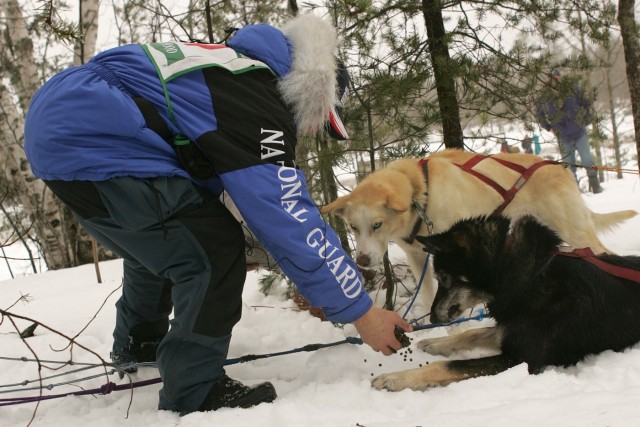
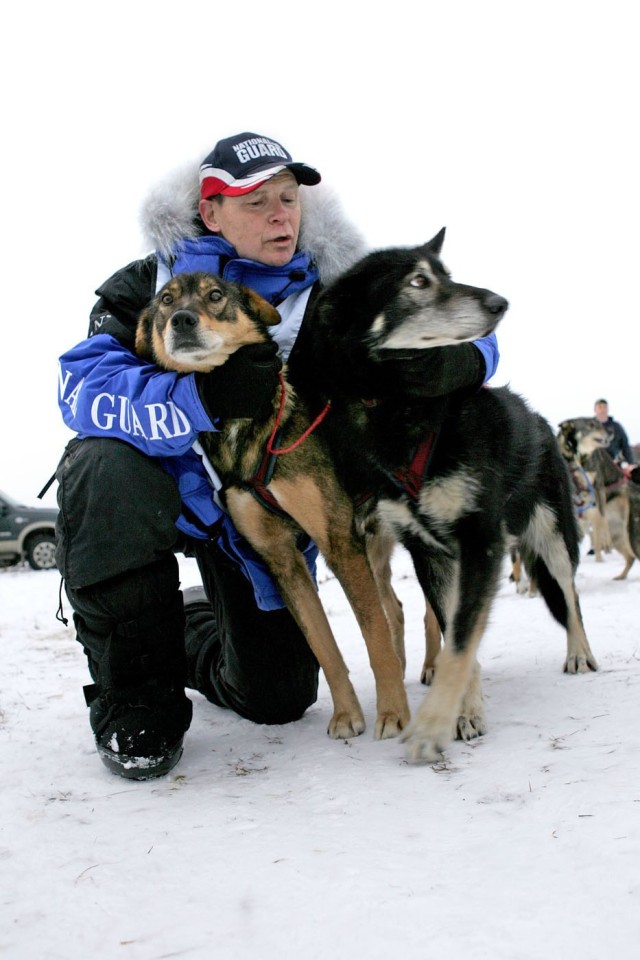

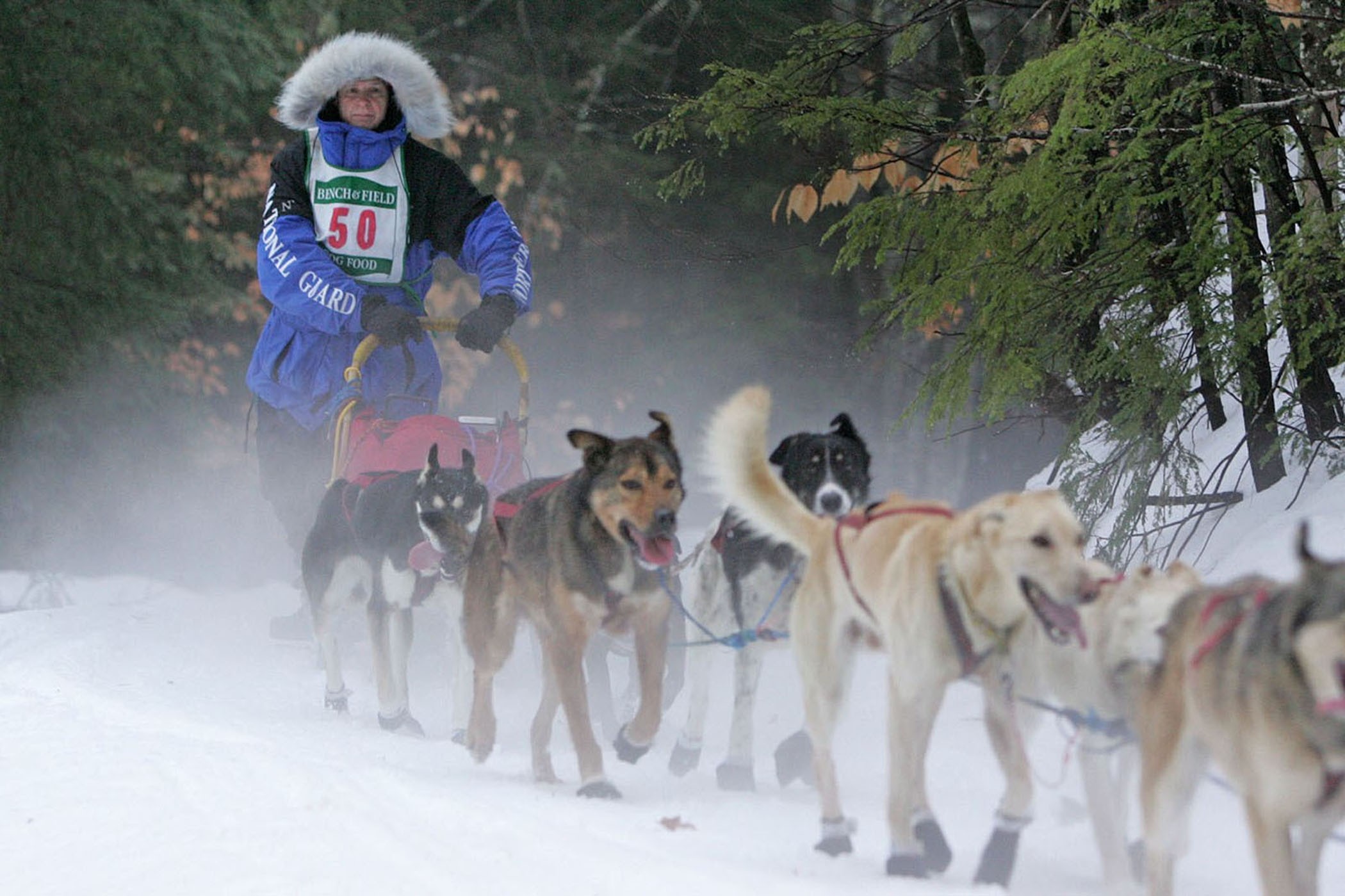
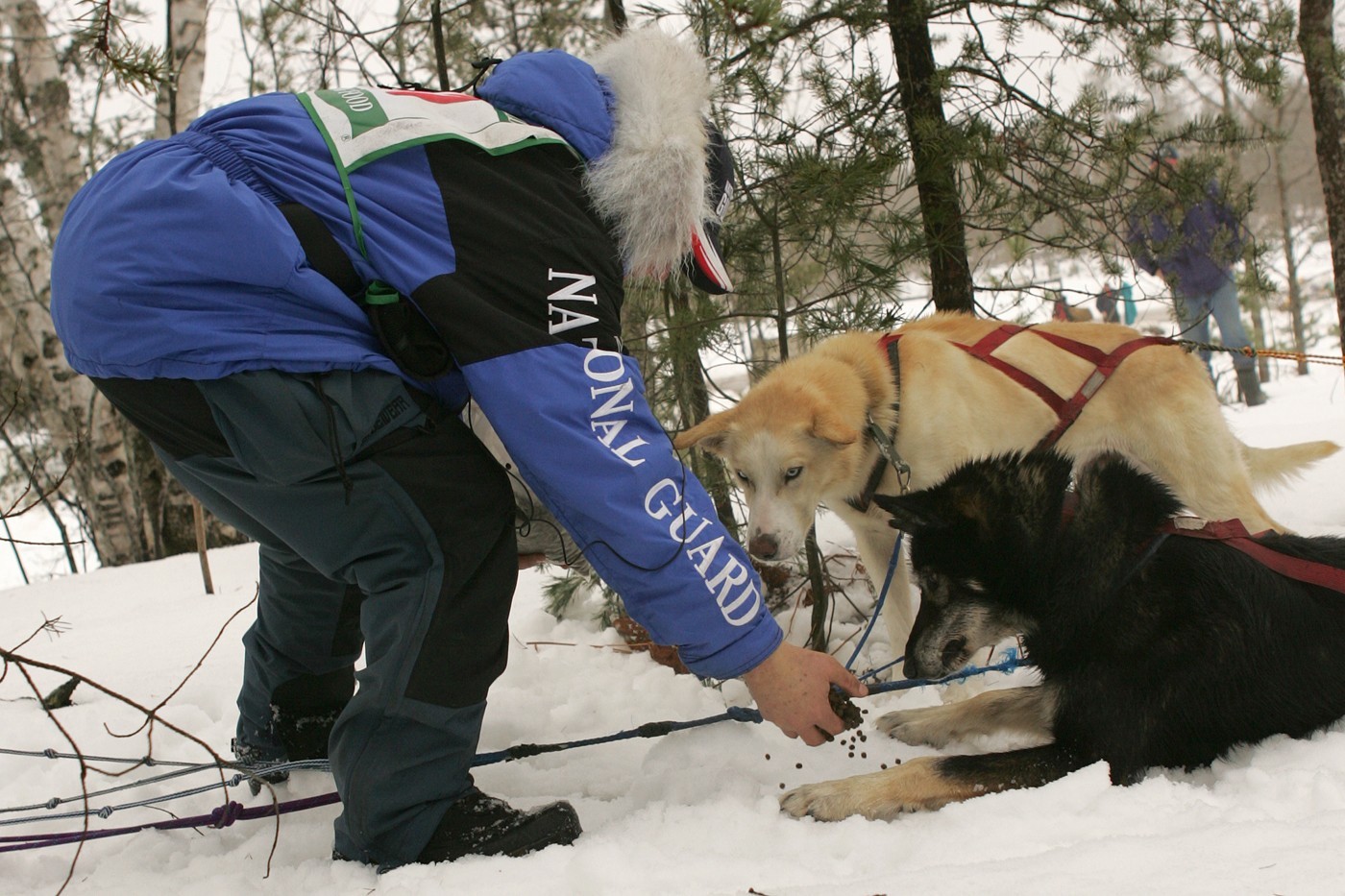
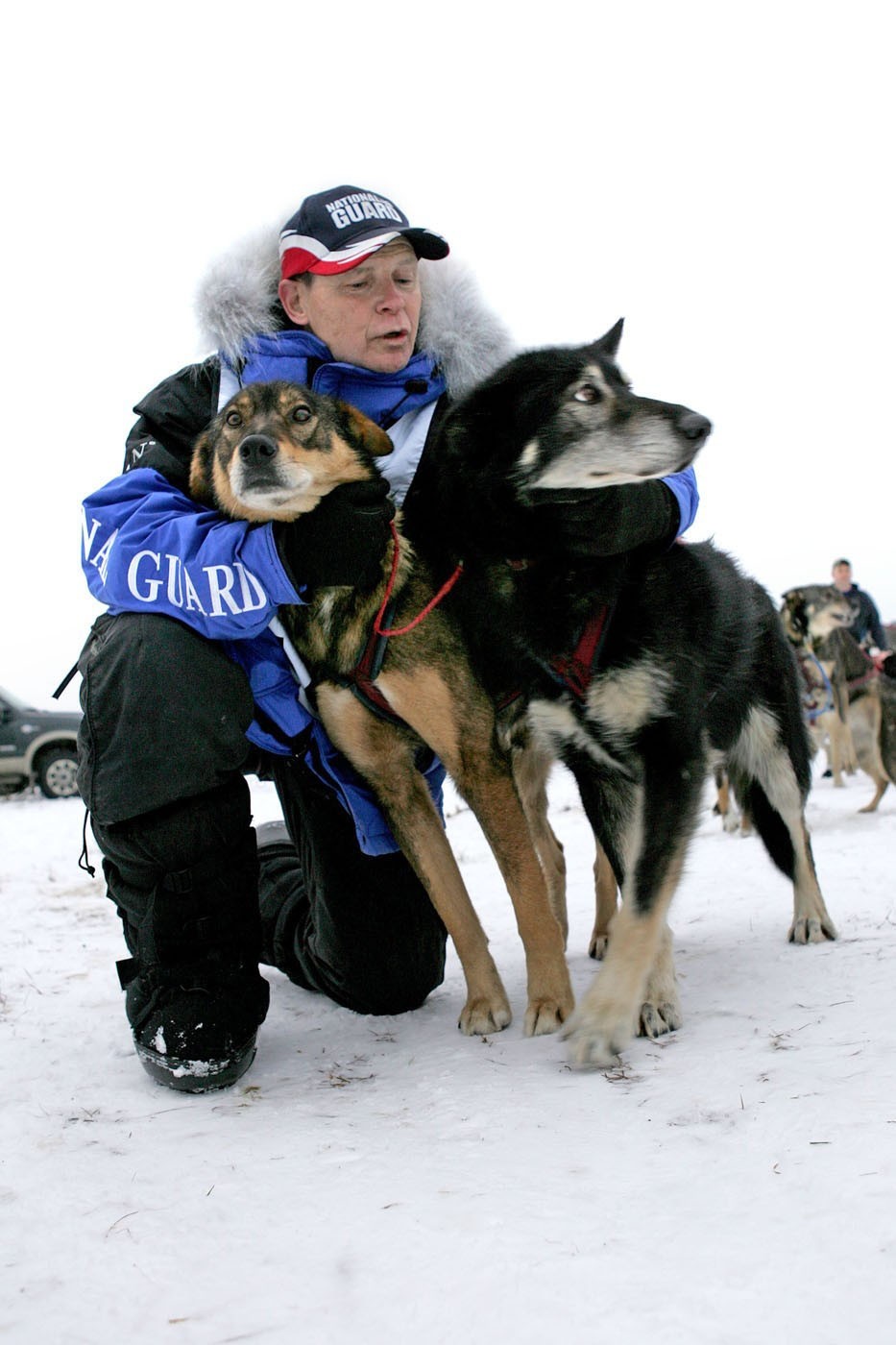
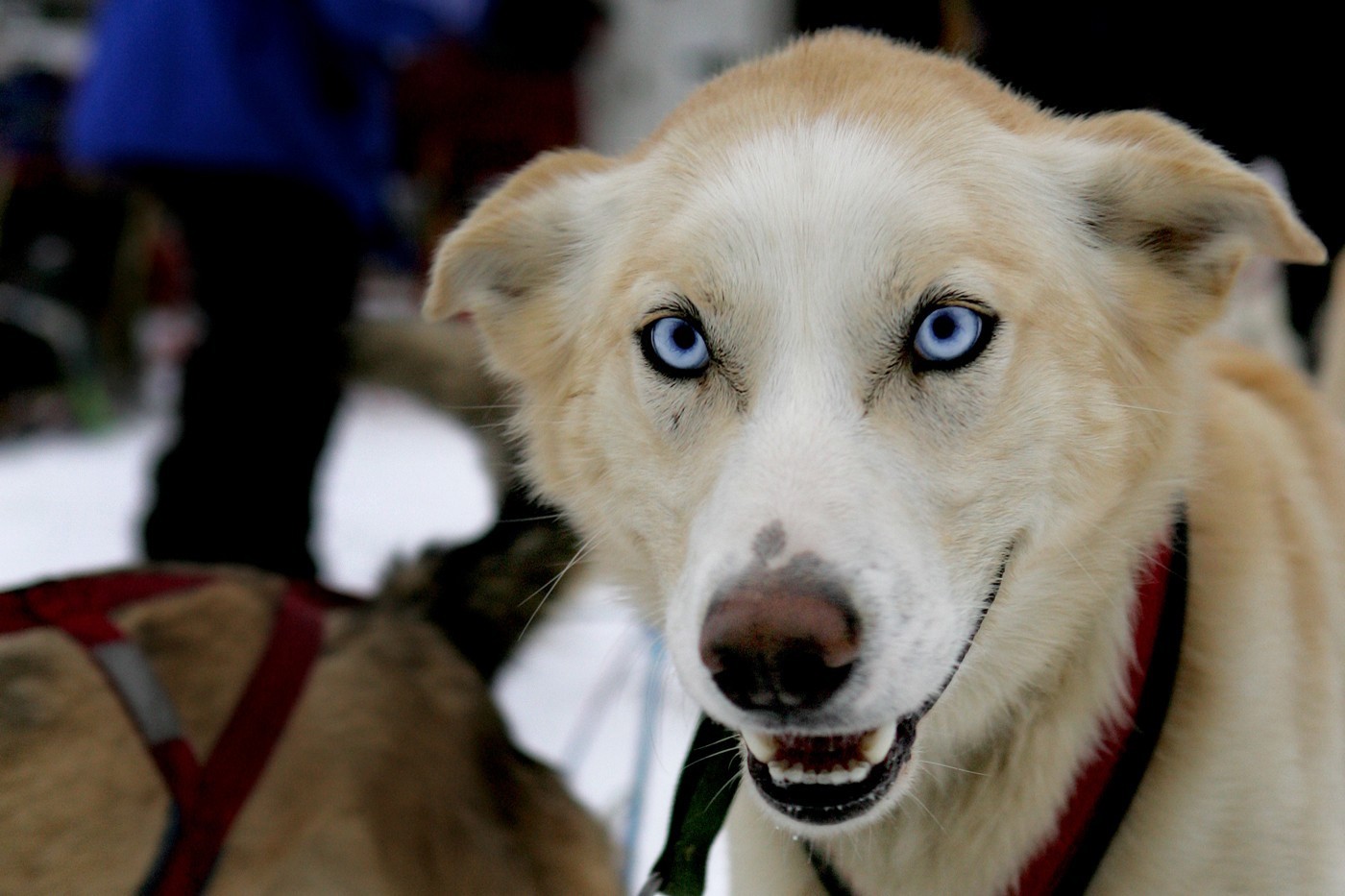
Social Sharing